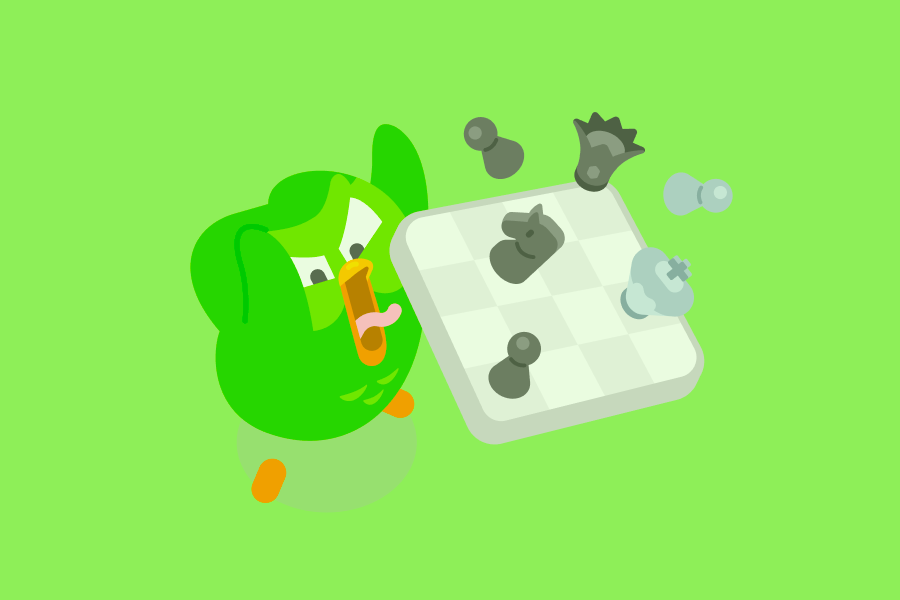If you’re new to chess, you might be intimidated by all the coordinates, complicated opening variations, and sheer number of possibilities at every turn. 😵💫
One way to start improving your game today is to strengthen your opening. It’s the one stage of the game you’re guaranteed to reach!
Here are three tips for a strong opening.
Tip 1: Bring out your pieces
You’d be surprised if soccer players stayed huddled between their own goalposts, or if a basketball squad stuck to the baseline—and the same error is one of the most common in chess!
Pieces are meant to work together as a team, and plunging a lone attacker into enemy territory while its teammates relax at home is rarely a good idea.
This is called development: When most pieces have left their starting squares for the center of the board, they are developed… and ready for whatever comes next!
In particular, bishops and knights (called minor pieces) should join the game early, with queens and rooks (major pieces) more comfortable staying back for a bit. On the other hand, pawns are negligible: In the opening, they mainly move to clear the way for their stronger teammates, and moving too many pawns can use up valuable time.
Tip 2: Control the center
You wouldn’t be blamed for thinking that a chessboard is flat… but that’s an illusion!
Instead, think of the board like a mountain, with the four central squares forming a peak in the middle. This is high ground worth conquering!
At the start of a game, the center is usually controlled by placing a pawn there—or two, if your opponent lets you!
As you can see on the board below, the circled squares make up the center. If possible, place a pair of pawns there side by side—like White has done.

Tip 3: Protect your king
Without a doubt, the king is the most important piece on the board: Once the king can’t avoid an attack, the game ends in checkmate. All the other pieces only serve this purpose—no matter how many pieces you capture, it won’t matter if the remaining ones overwhelm your king!
This also makes the king vulnerable. Unlike other pieces, the king is content to stay far from the front lines, ideally hiding behind a shield of pawns—and he’s definitely not leading his army into battle.
In fact, the king seeks out that pawn shield, in a move called castling. This is a unique move—it’s only possible once per game for each side—and it involves getting your king toward the safe edges of the board while moving a rook to the center.
In the game below, White has done everything right: Development is almost finished, their pieces control the center, and the king has castled! Black has moved more pawns than necessary, so their pieces are left fast asleep in the back row. Because of this, castling will take many more moves—giving the white pieces ample time to attack the king.

Be open to new openings!
Each of these guidelines has exceptions—but you need to know the rules before you can break them. Building your awareness of core opening objectives will strengthen your chess game… and make your opponents tremble!
